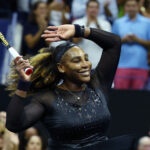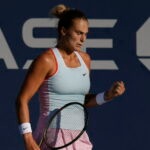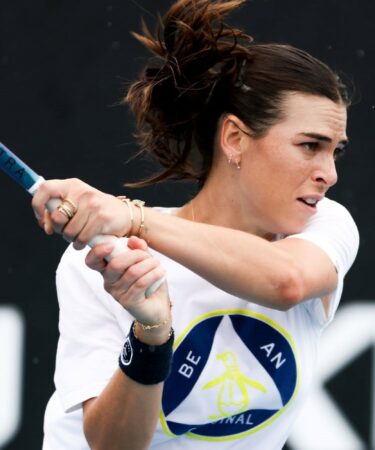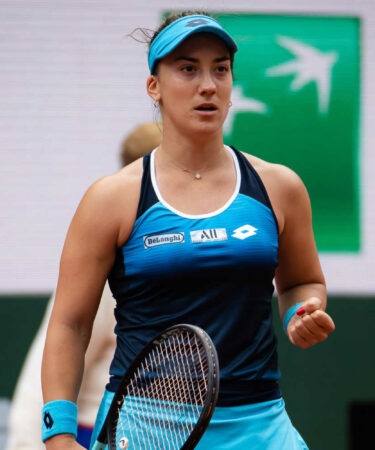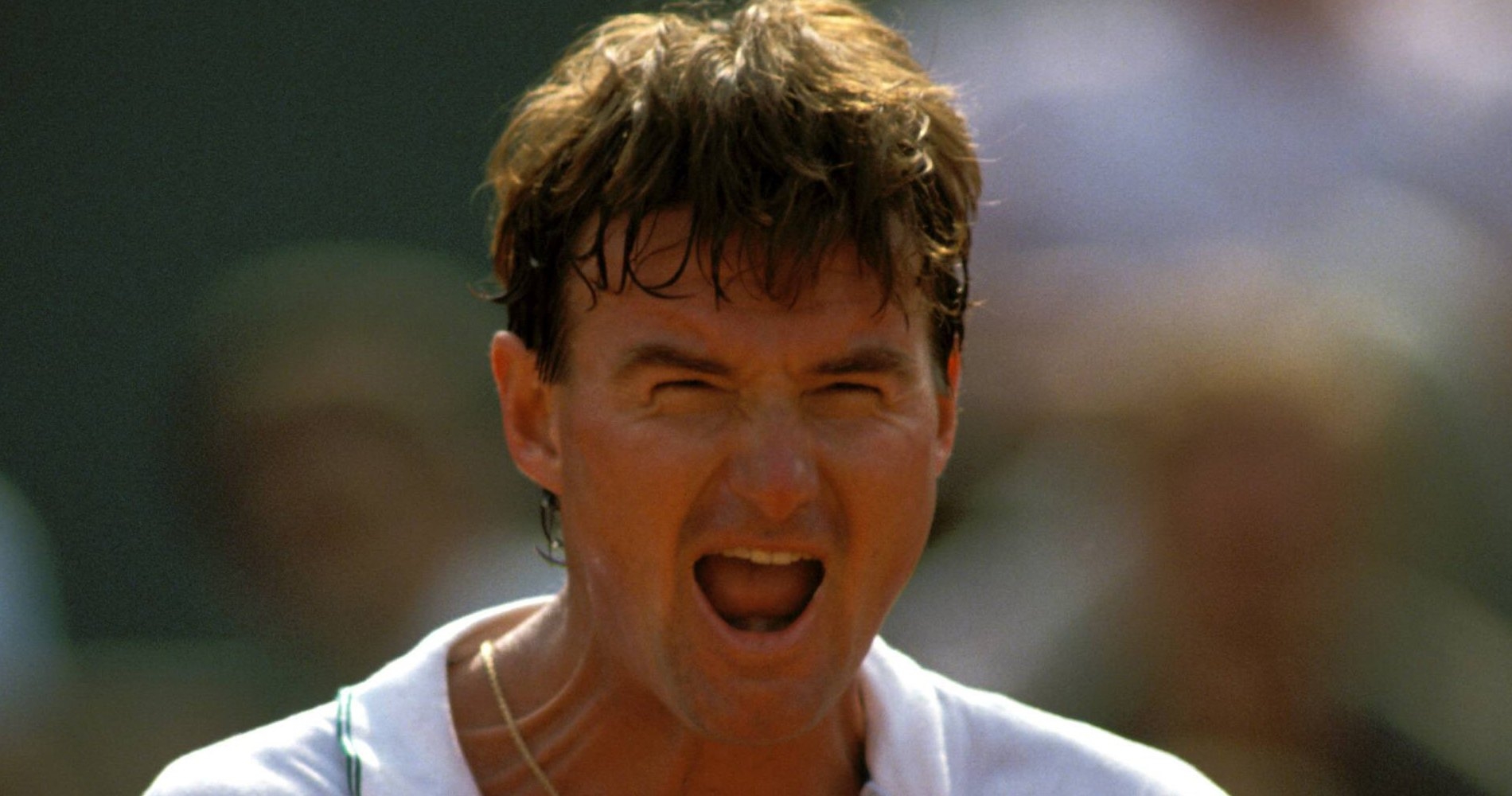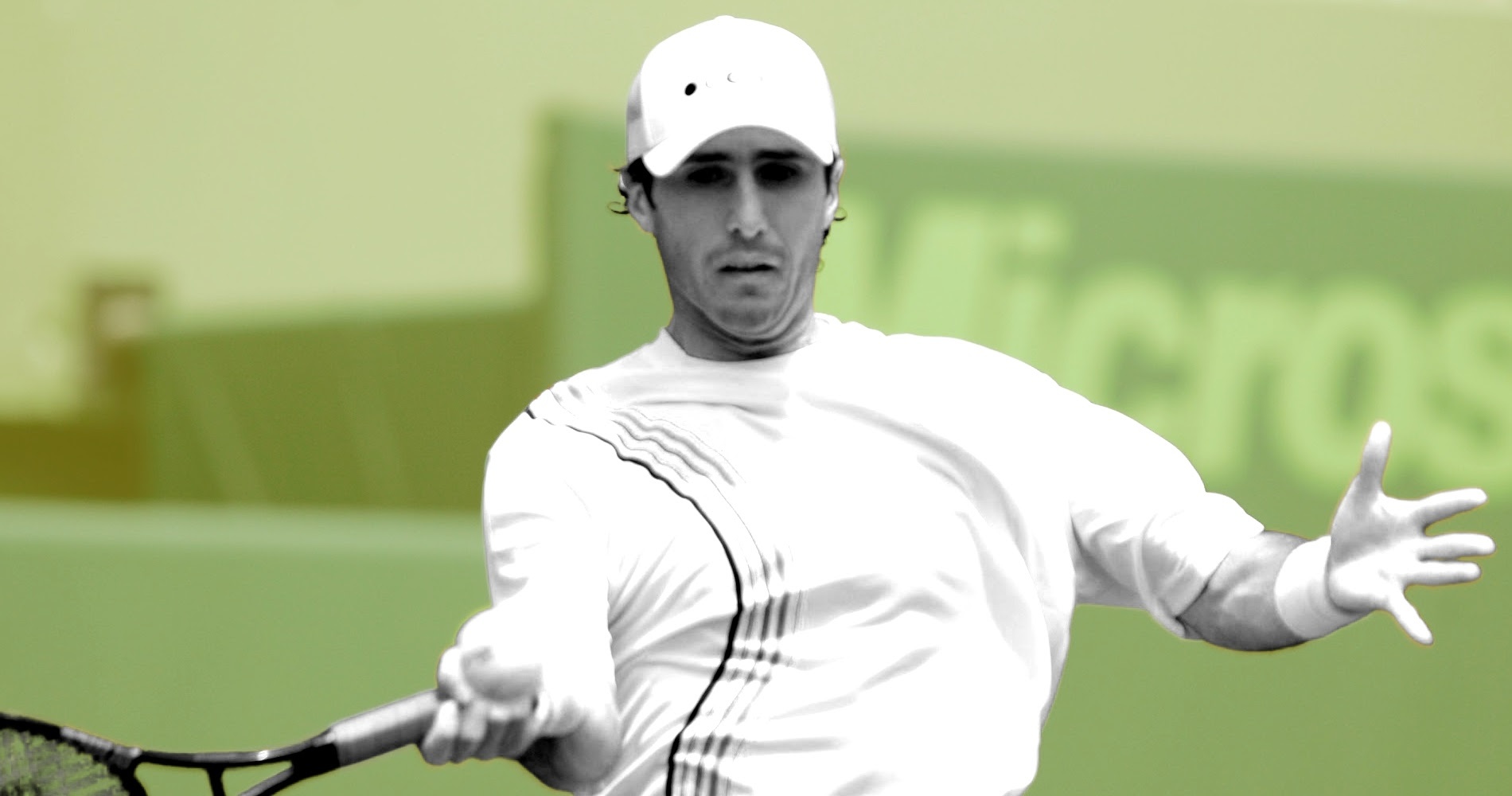“I am just Serena”: the legend said goodbye, the champion woke up
Beating the world No 2 changes all of Serena Williams’ US Open prospects
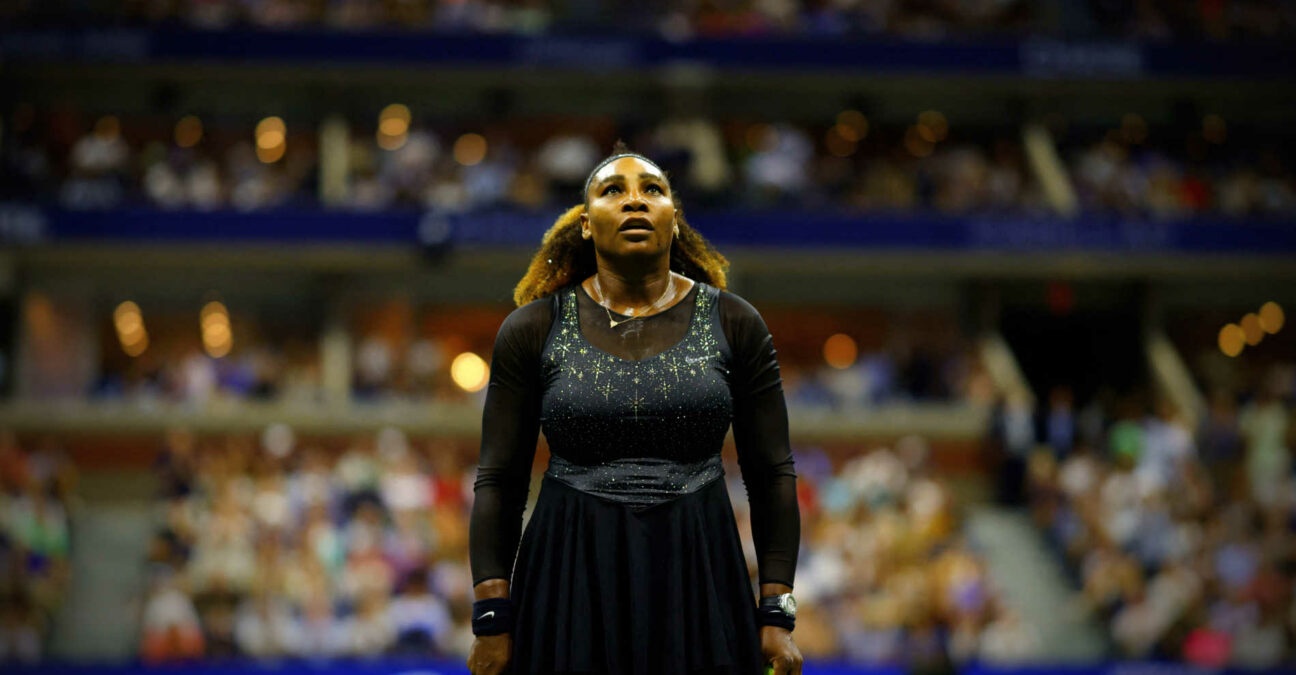 Serena Williams, US Open 2022 | © AI / Reuters / Panoramic
Serena Williams, US Open 2022 | © AI / Reuters / Panoramic
Josh Cohen, the host of our Match Points debate program, is unmatched when it comes to carving out questions that compel his esteemed guests to take a stand, even on sensitive topics, and even when the crystal ball is not available.
On the subject of Serena Williams‘ final US Open, scheduled for this year at Flushing Meadows, he asked: “Do you expect Serena’s US Open result to be closer to a first-round fade-out or will she power into a quarter-final?”
Our two journalists Simon Cambers and Carole Bouchard gave the only solid answer that a nuanced observer could provide: “Probably first round.” Serena had only won one singles match in the 14 months before the US Open, she had only taken four games from Emma Raducanu in Cincinnati, and in anticipation of a fade-out, the USTA, reading the tea leaves, prepared a proper farewell after her first-round against Danka Kovinic.
Marion Bartoli, beaten three times by Serena in her career (against one victory, at Wimbledon 2011), made the only response a former player can make after feeling the weight of the ball and the mental grip of the American legend in a competitive situation : quarter-final.
Serena now favourite against Tomljanovic
Here is Serena Williams in round three. Josh will be able to call a draw for those he affectionately calls his “gang” if Williams loses to Ajla Tomljanovic, the 46th-ranked player in the world, when they play on Friday night at Flushing Meadows (7 pm). Given what we’ve seen from Serena thus far in week one, particularly on Wednesday against second-seeded Anett Kontaveit, it would be a relative surprise to see the American beaten by the Aussie.
If there were no physical question marks about Serena’s fuel – there are at least three : her 40 years, the volume of her preparation that no one knows anything about, the impact of the emotional turmoil around her – she would be the obvious favourite with the bookmakers against Tomljanovic.
If Serena dominates the Aussie, a question that seemed too far-fetched to even consider on Monday morning will emerge as week two opens: how far can she go?
Dizzying question.


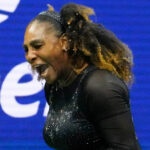
The 24th crown and why not?
Beyond a historic twenty-fourth Grand Slam crown which would allow her to equal Margaret Court’s record, no result would truly shock the sporting world, or redefine Serena’s already astronomical greatness. A first Grand Slam final since the US Open 2019, a first semi-final since the Australian Open 2021 or a 53rd (!) major quarter-final would give an almost unexpected panache to this latest epic. Nothing more.
Serena Williams resides in a rarefied air that isn’t affected by the purely sporting questions that may surround her. It’s time for tributes, pleasure, connection with the public, loved ones, other stars of American entertainment who have come to bow before her aura.

Serena’s own words and attitude blur the equation even more. Before Wimbledon, when she hadn’t played in a year, and a major crown seemed nearly impossible, she had made it clear that even a semi-final would be a failure. Today, while we saw her capable of imposing her serve, her return, her power and her mental grip on the world No. 2 in a match lasting more than two hours, she says she’s is living in the skin of a 16-year-old kid without pressure, for the first time since 1998.
“Nothing to lose”
“Nothing to prove, nothing to gain, nothing to lose” she summarised. Let’s remember the “nothing to lose” because it is the mindset which can facilitate all miracles in New York craziness. Think Raducanu in 2021.
During her post-match interview after surging past Kontaveit, Serena was also asked by Mary Joe Fernandez if she felt surprised by her own performance. She responded with a smile that was uniquely hers: amused, superior, maybe a little haughty. “I’m just Serena”, clarified the queen, to gently underline the ridiculousness of the question.
She’s won 23 majors and she should be surprised by reaching the third round of a major? Don’t think so!
If Serena has become Serena again in her own eyes, then no question can be out of place about the possible outcome of her tournament. Her level on Wednesday was close, if not equivalent, to that of her US Open 2020 or her Australian Open 2021, when she was in the semi-finals despite serious questions about her mobility, and still dominating players like Sloane Stephens, Maria Sakkari, Aryna Sabalenka or Simona Halep.
Add Kontaveit to that list.

Sampras 2002, Connors 1991…
The world No 413 has already succeeded in throwing a tennis party for the ages. The unit of measurement of the magnitude of this success is now the number of electric evenings that Serena will offer to the paying customers inside Arthur Ashe Stadium, and the amount of love that she will be able to receive and return since the countdown to her retirement was launched in Vogue, in the article where she formalised what we all sensed from the first ostensible signs distilled in 2020, namely that she now prioritises her life as a mother.
To see Serena at this level and to see her happy to “feel in her place” on a court, as she said after the first round, brings back memories of two legends of American tennis who also left their indelible footprint via a stunning farewell at the US Open: Pete Sampras’ 14th Grand Slam victory in 2002 and Jimmy Connors’ remarkable semi-final run, at the age of 39, in 1991. None of these seemed possible when the competition started.
Connors, who seemed to push all the limits at every turn, had ended his run in pieces against a player 18 years his junior, Jim Courier; much faster, a bit like Serena against Naomi Osaka in Melbourne in 2021. But Connors had, before that, brought the tournament to life against Patrick McEnroe, Aaron Krickstein and Paul Haarhuis, in proportions comparable to those of Wednesday (see the article by Simon Cambers).
While the big difference between these examples aren’t lost on us, Serena’s journey borrows from both episodes, except everything’s bigger, and more emotional. Sampras was also fighting tennis history, when he was already the all-time men’s singles Grand Slam titles leader (13). Connors, like Serena, was physically dented by his 39 years with a triple-digit ranking. Serena – who represents even more in contemporary American history – is playing for more, from further back.
Just believe it and do it
It is these references that we referred to this week, during these two feverish, impressive, timeless nights, which reminded us why we loved tennis and chronicle its legend painstakingly. On waking, Serena’s draw was bound to come across as manageable after her performance on Wednesday, as top-10 seeds fell one after another in the women’s draw.
After Tomljanovic, she could face Aleksandra Krunic or Ludmilla Samsonova, then potentially Ons Jabeur in the quarter-finals, and finally Coco Gauff, Caroline Garcia or Bianca Andreescu in the semis – or else lower-rated players if the surprises continue.
Who already dreams of a final against Iga Swiatek?
It would take a chain of favourable circumstances for this story to be written. But fates are based on unfathomable beliefs, which only iconic champions understand ; we know they do and we shouldn’t forget that. Sampras recently told L’Equipe that Paul Annacone’s ear in the months leading up to his 2002 victory had been decisive, like that of Tiger Woods for Serena since this spring.
Sampras does not offer any great theory to justify his feat. “Me, I felt that if I played my best tennis, if everything worked out well, I could still be the best player in the world. I had another Grand Slam in my stomach. I knew it. Thirty years ago or not, you just had to believe in it and do it.”
To think that Serena was ever let down by that certainty and that reasoning would be to misunderstand who she is and what we’ve seen since the start of the US Open.


